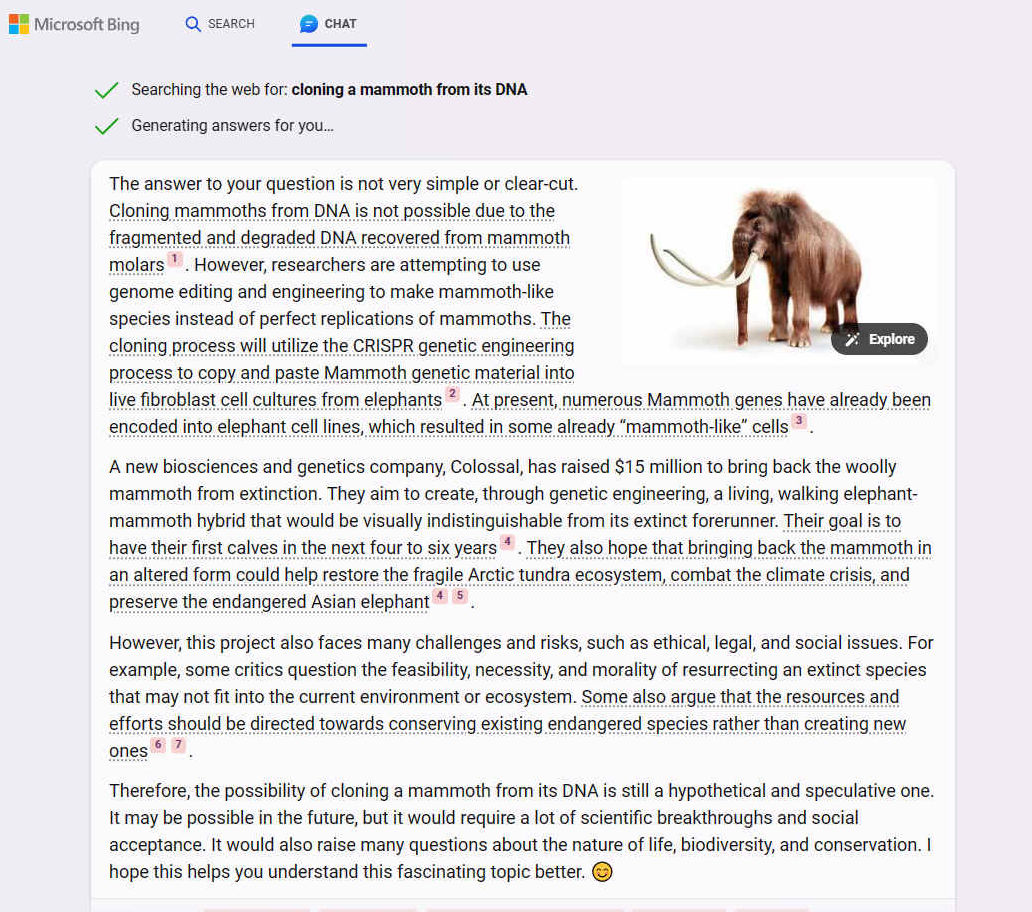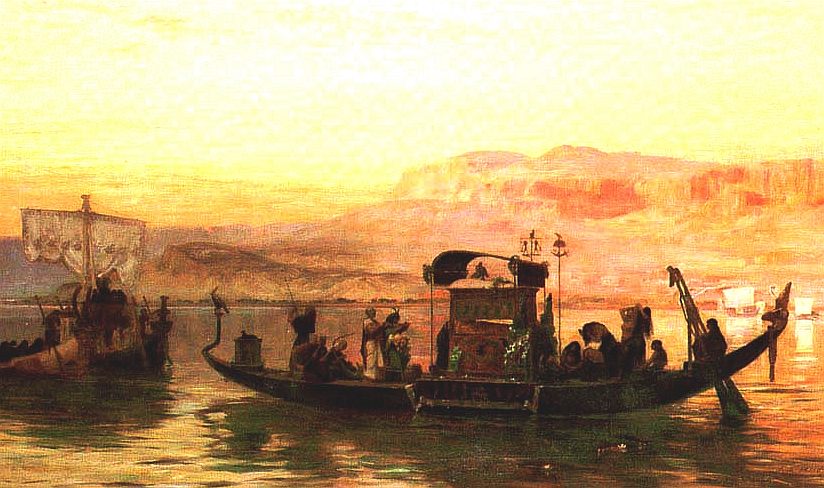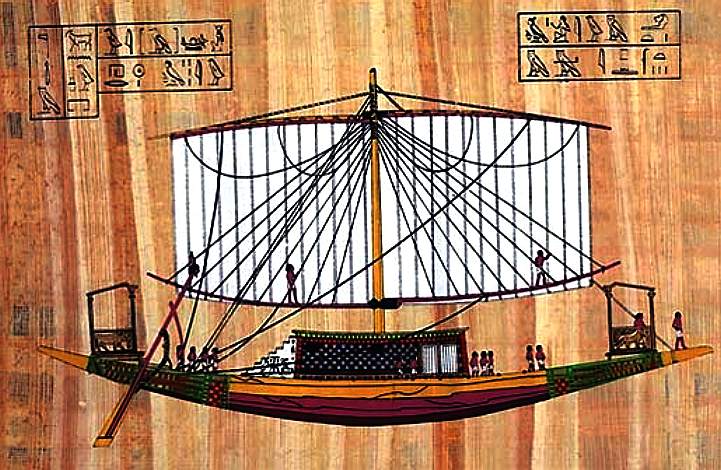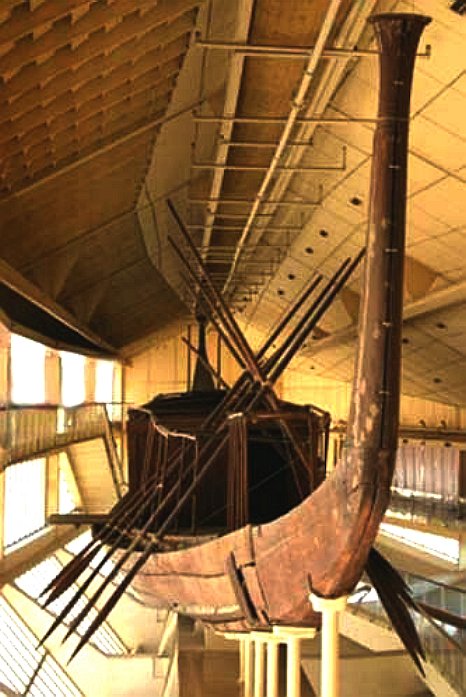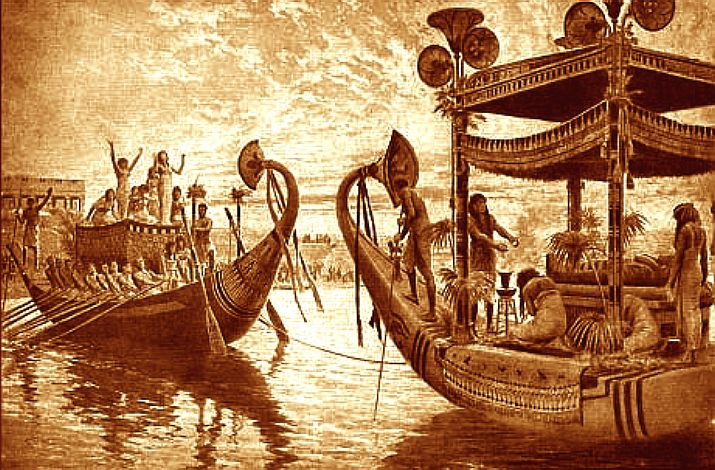|
IS IT POSSIBLE TO CLONE AN ANCIENT EGYPTIAN MUMMY?
Please use our A-Z to navigate this site or return HOME
|
|
|
|
|
Almost any human cell can be used to replicate a person via cloning
It appears that it is possible, and yes, it can be done, and it is certainly not impossible. All, dependent on the state of preservation of the mummy, against the ravages of time, allied to the DNA extraction technology. Which is evolving all the time.
In the case of the most famous woman in history, Cleopatra Philopator VII, she was a highly skilled medical practitioner, who had written many works on medicine and cosmetics. It follows that there is a good chance she took precautions to make sure that her prediction (which some call a curse) of returning to earth reborn from the afterlife, might come to pass, as the prophesy of Isis. Hell bent on revenge.
From a technical perspective, cloning humans and other primates is more difficult than in other mammals. One reason is that two proteins essential to cell division, known as spindle proteins, are located very close to the chromosomes in primate eggs. Consequently, removal of the egg's nucleus to make room for the donor nucleus also removes the spindle proteins, interfering with cell division. In other mammals, such as cats, rabbits and mice, the two spindle proteins are spread throughout the egg. So, removal of the egg's nucleus does not result in loss of spindle proteins. In addition, some dyes and the ultraviolet light used to remove the egg's nucleus can damage the primate cell and prevent it from growing.
WORKING WITH MUMMY DNA EXAMPLE
One of the challenges of working with ancient
DNA is how to extract it from the source material, such as bones,
teeth, or tissues. The extraction process varies depending on the type of material, but it generally involves the following steps:
Successful isolation depends on the preservation of the ancient specimen. In the case of Cleopatra, where she thought of herself as Isis, and was herself medically minded. She would have specified a method to protect her remains, that could ensure survival of bones and tissue, rather than the traditional mummification process. Although, she built on those techniques, to improve on the then current science.
Can we clone a mammoth from its DNA?
- The answer to your question is not very simple or clear-cut. Cloning mammoths from DNA is not possible due to the fragmented and degraded DNA recovered from mammoth molars1. However, researchers are attempting to use genome editing and engineering to make mammoth-like species instead of perfect replications of mammoths. The cloning process will utilize the CRISPR genetic engineering process to copy and paste Mammoth genetic material into live fibroblast cell cultures from elephants [2]. At present, numerous Mammoth genes have already been encoded into elephant cell lines, which resulted in some already “mammoth-like” cells [3].
DNA MILLIONS OF YEARS OLD
Scientists have extracted DNA from mammoth remains. In fact, they have recovered the oldest DNA ever sequenced from a mammoth tooth that was buried in the Siberian permafrost for more than a million years [1] [2]. This DNA reveals how mammoths evolved and adapted to the cold climate, and also identifies a new kind of mammoth that gave rise to a later North American species [1] [3]. The researchers used various methods and technologies to isolate, sequence, and date the DNA from three mammoth teeth that ranged from 700,000 to 1.2 million years old [1] [4]. This is a remarkable achievement that pushes the limits of ancient DNA research and opens new possibilities for studying the evolutionary history of humans and other extinct animals.
REFERENCE
https://www.sciencenews.org/article/oldest-animal-dna-ever-recovered-mammoth-evolution https://www.sciencenews.org/article/oldest-animal-dna-ever-recovered-mammoth-evolution
CLEOPATRA THE MUMMY
'Cleopatra The Mummy,' could be slotted in with other John Storm eco adventures to form an invest-able trilogy for film Angels, with Kulo-Luna, Treasure Island, or Operation Neptune, a prequel, sequel, somewhere in between, or the finale or series one or two. The order of production could be to suit identified gaps in entertainment, in any particular year. Equally, the trilogy, could be adapted for network television, as with Blood and Treasure from CBS.
|
|
|
|
|
|
This website is Copyright © 2023 Cleaner Ocean Foundation & Jameson Hunter
|

